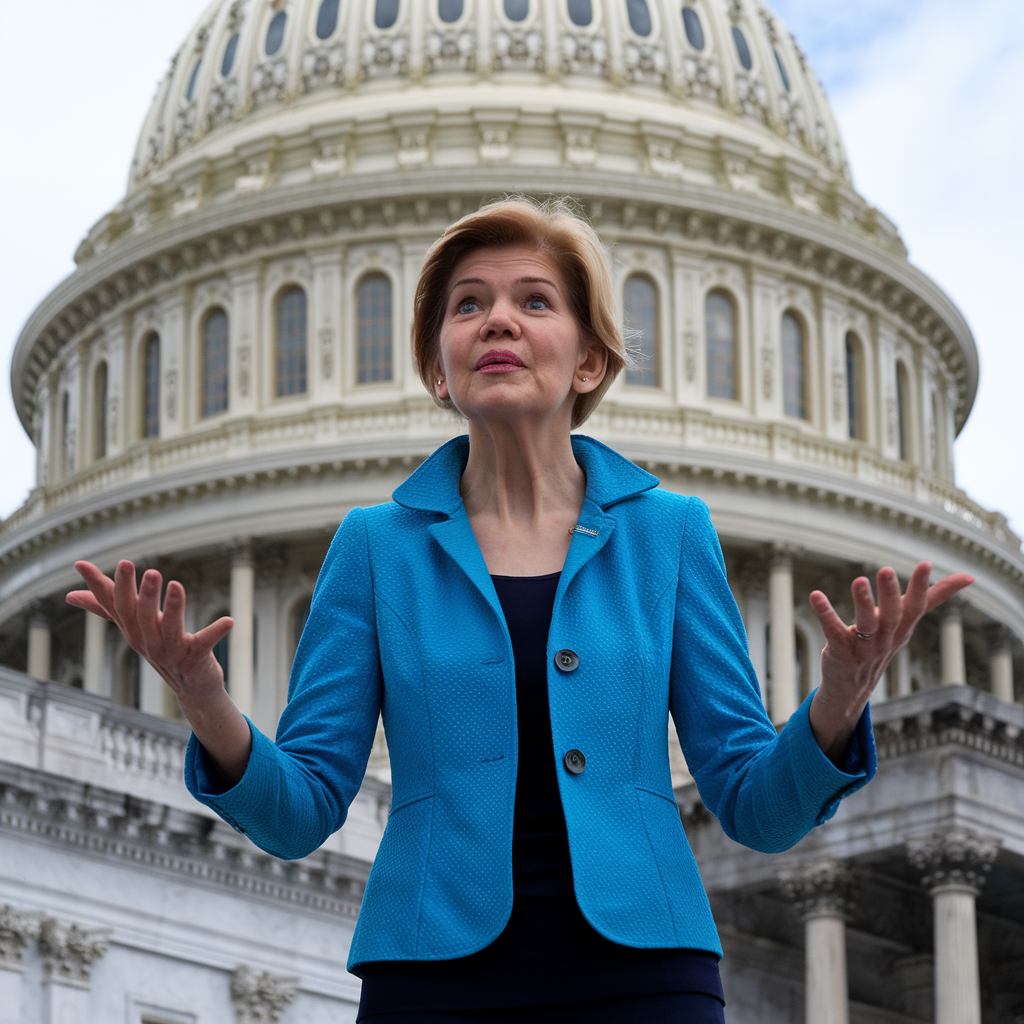Well that was fast.
The smoke had barely cleared on the opening salvo of the Great North American trade war, when all sides called a truce to talk out their differences.
Just as we wrote yesterday, this is exactly what I was hoping would happen. In fact, in a Zoom call that Peter and I had Friday with our Total Access members, we predicted this outcome: that the trade wars were just an elaborate show to demonstrate to the world that America is willing to make good on its threats, and force everybody to the negotiation table.
There may be some short term benefit that comes from this. But as we said yesterday, there will likely be some long term consequences and here’s why:
According to Federal Reserve data, there will be roughly $28 trillion worth of US government bonds maturing over the next four years, i.e. now through the end of 2028.
That’s more than 75% of the government’s $36+ trillion national debt.
This is an absolutely staggering figure, averaging $7 trillion per year for the next four years.
And remember, we’re just talking about the existing debt that is set to mature. It doesn’t even include new debt that has to be issued over the next four years, which could easily be another $7-10 trillion.
This is an enormous problem for the Treasury Department, because they clearly don’t have $28 trillion to repay those bondholders.
Now, usually whenever a government bond matures, the investor might simply roll the proceeds into a new government bond. In other words, the old bond matures, and the investor puts the entire principal and interest into a new bond at whatever the higher interest rate is today.
This alone is going to cost the government a lot of money, because most of the bonds that are maturing over the next four years were originally issued 5, 10, or even 20 years ago, when interest rates were much, much lower.
So let’s do the math: if the government issued $28 trillion in the past at an average interest rate of 3%, but now they’ll have to refinance all that debt at a new rate of 5%, then effectively they’ll be paying an extra 2% per year.
That’s almost $600 billion in additional interest EACH YEAR on top of the $1.1 trillion interest bill that they’re currently paying. But even that might be wishful thinking.
And the reason why is, if you look at America’s public debt, the investors who buy those bonds are split pretty evenly between US entities (the Federal Reserve, American companies, US individual investors) and foreign investors (foreign government, central banks, multinationals).
This is critical to understand: the Treasury Department relies very heavily on foreigners to buy US government bonds and help fund the national debt.
At the moment, most countries around the world have to buy US government bonds simply because the US dollar is still the world’s dominant reserve currency. So they are essentially forced to hold US dollar assets, and Treasury securities are still the most liquid US dollar assets in the world.
Yet for the past several years there has been a significant movement underway by a number of countries to engage in trade and commerce without using the dollar. And this movement is growing.
I mentioned in my letter to you yesterday that the brand new Secretary of State Marco Rubio acknowledged this over the weekend, suggesting that the dollar’s dominance could be seriously diminished within five years.
Facing the constant threat of sanctions and tariffs will only motivate Brazil, Russia, China, India, and even many countries in Europe, to accelerate their diversification away from the dollar, and away from the United States.
The natural beneficiary of that trend will be gold.
We’ve written about this extensively. Gold rocketed to an all time high last year because central banks, and foreign governments, were reducing their dollar holdings.
And think about it. If you’re a foreign central bank and you have $100 billion of US government bonds that are about to mature, what are you going to do?
Are you going to reinvest that entire $100 billion back into a country that might already be threatening you with economic penalties?
Or do you quietly let the treasuries mature, take the money, and find someplace else to invest that $100 billion?
A lot of foreign governments and central banks are going to be giving serious consideration to option two.
But they are going to have to invest that money in an asset that, like US dollars, is widely accepted, and has universal value and marketability around the world.
Gold is one of those assets. And that’s why central banks have been buying so much of it for the past couple of years.
I think there’s an obvious case to be made, given the prospects of tariffs and further trade wars, or even just the threats thereof, they are going to keep buying gold and send the price even higher.
So if you’re interested in hedging against future risks to the US dollar, gold makes a lot of sense.
But on a final note, I’ll point out as I have in the past, that foreign governments and central banks buy gold. They do not buy shares in gold companies.
And right now there is a bizarre financial paradox in that gold is at an all time high, but thriving, profitable businesses which produce gold are trading at absurd discounts.
And we’ll talk about some examples over the next few days.








